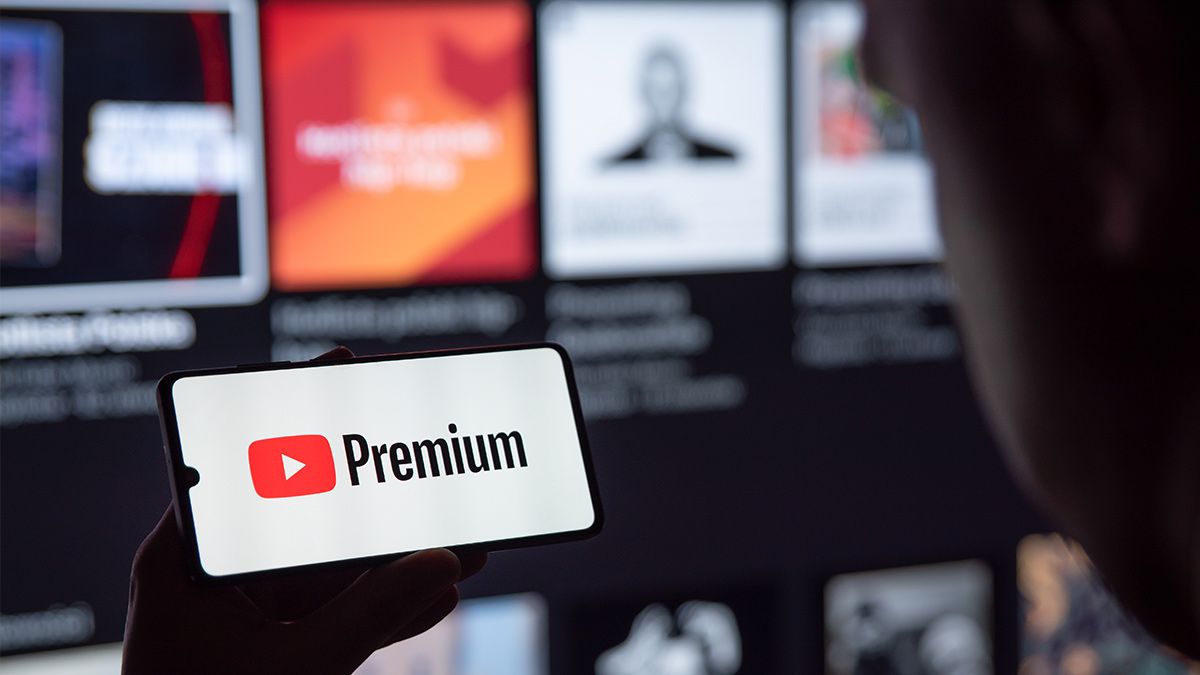Quick Links
You might focus on the features when considering a YouTube Premium upgrade. But if you're a frequent YouTube viewer, you should be focused on the time saved instead.
What Are the Benefits of YouTube Premium?
There are more than a few benefits to jumping from the free ad-supported tier of YouTube to YouTube Premium---so before we focus exclusively on what we consider the best feature, let's look at them all.
The benefits of YouTube Premium include:
- Videos Without Ads: Content creators can still embed branding and promotions in their actual videos, but you won't see YouTube-delivered ads.
- Offline Viewing: You can download video content to watch when you're somewhere without internet access.
- Continue Watching: In your web browser and on your mobile devices, YouTube will keep track of where you were in a video so you can resume it later.
- Picture-in-Picture: On the YouTube mobile app, you can watch videos while doing other things on your mobile device using the PiP function.
- Background Play: You can minimize YouTube mobile apps, and the audio will continue to play in the background, so you can listen to music, lectures, and other content without keeping the app open.
- Playback Controls: You can adjust your playback speed to enjoy videos at a faster pace (like increasing the speed in a podcast app) and you can easily scrub forwards and backward in videos.
- YouTube Music Premium: Included with the YouTube Premium upgrade, you gain access to YouTube Music with all of the aforementioned upgrades.
The feature most relevant to our discussion today and, certainly, one of the primary reasons anybody gets YouTube Premium is the first item on our list about: ad-free viewing.
How Much Time Do YouTube Ads Take Up?
Ads are never fun, but when you're a YouTube power user watching videos every day, the sheer number of ads on YouTube gets pretty frustrating pretty quickly.
Although most ads are skippable, that requires you to pay close attention to the ad windows and select skip after 5 seconds. Otherwise, if you're not paying close attention, you'll easily sit through 15 to 30 seconds or more of ads. On top of that, YouTube ad structures and policies are constantly changing.
Tracking exactly how much time those ads take up is a bit trickier than tracking advertising on traditional broadcast TV or even streaming services with more standardized viewing structures. Because ad content is based on what you're watching as well as the frequency with which you jump to new videos, the only way to estimate how much time is getting chewed up by YouTube ads is to monitor it under real-world conditions.
We monitored videos of various lengths while watching YouTube without YouTube Premium. There are two takeaways from our experience. First, the shorter the videos you watch, the more advertisement exposure you'll have. Second, the variability between shorter and longer videos in terms of advertisement time wasn't as extreme as you'd think, even with an increased number of videos.
If you watch a lot of short videos, you'll find you see about 90 seconds of advertisements per hour of content---assuming, of course, that you are hypervigilant about smashing that skip button.
If you watch longer videos, you'll see about 35 seconds of advertisements---again, if you smash that skip button whenever you can.
For viewers hyperfocused on always skipping ads, you end up seeing significantly less ad time than you would if you were watching ad-supported streaming media (around 4 minutes per hour) or broadcast and cable media (about 20 minutes of ads per hour). But again, if you aren't watching closely, you can easily get multiple minutes of ads over the same period.
You can check your average YouTube usage by opening up the YouTube app, tapping on your profile icon, selecting "Time Watched" and reviewing the chart there. Or you can guesstimate how much YouTube you watch based on your regular viewing habits.
Let's say, for the sake of example, that you watch YouTube content for 2 hours per day. At 60 hours of YouTube content per month, it is reasonable to estimate that you see at least 90 minutes of advertising.
Is It Worth Upgrading to YouTube Premium?
We can't tell you how to value your time. But we can tell you that YouTube Premium costs $11.99 per month. And if you value your time at or above the U.S. federal minimum, 90 minutes of time is $10.88. If you value your time at anything higher than that, perhaps at least at the $15 minimum wage increase many people have been championing for years, then your 90 minutes are worth $22.50.
And if you're considering YouTube Premium Family ($22.99 per month), you can add up to 5 family members in addition to yourself which brings your cost per user down to only $3.83 per month if you fully utilize the plan.
Despite hating subscription service creep, I'm actually a (begrudging) fan of YouTube Premium. Ads in all forms are unwanted, but the short, frequent, and irregular ads on YouTube are so much more annoying than the traditional ads that are part of the regular TV experience.
Especially so given that many of the videos I watch are things like fitness videos or DIY-type videos. The last thing I want is an advertisement in the middle of a yoga video or when I'm wedged behind my washing machine with a wrench trying to follow along. And when I'm not doing those things, I just want to enjoy the video without making sure I catch the skip button.

